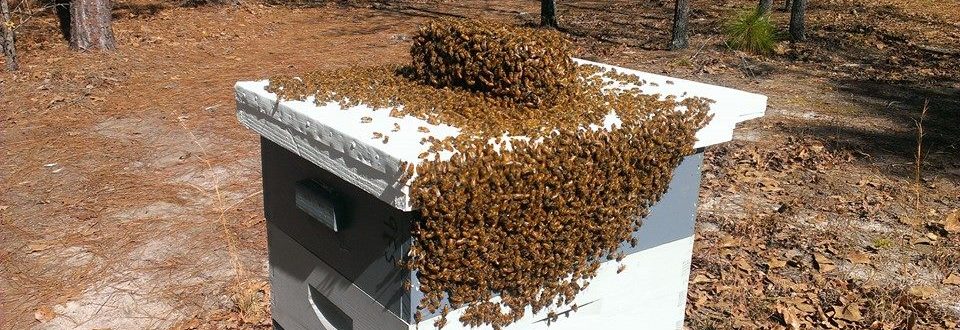
Source: Honey bee portrait by Gilles San Martin
My wife told me yesterday that one of my bees bit her. I cringed and corrected her, “You mean it stung you?” “Yes,” she said. I went on to explain that her faux pas might lead to an uncomfortable situation should she mention amongst a group of beekeepers that a bee bit her. She understood. But the fact is, it’s possible a bee bit her or at least could bite her.
Today’s beekeeping vocabulary word is “Mandible.” Honey bees have jaws called mandibles that have lots of uses. Below is an excerpt from Rusty Berlew’s excellent blog called Honey Bee Suite. Rusty writes an excellent beekeeping blog and tackles very interesting articles. I highly recommend it.
Here’s is Rusty’s take on mandibles. (Link to full article below.)
Honey bee mandibles are all-in-one tools
Like one of those fold-up multipurpose pocket tools, honey bee mandibles are used for anything that requires cutting, grasping, or squeezing. For example:
- Cutting itself out of the brood cell
- Working wax scales into honeycomb
- Carrying dead bees from inside the hive
- Removing detritus from the hive, including wood chips, paper, or cardboard left by the beekeeper
- Fighting
- Carving pieces of bee bread from storage inside the hive
- Delivering food to larvae
- Grooming themselves and the queen
- Cutting drones from their cells and helping them emerge
- Tearing down unused queen cells
- Moving wax from one area of the hive to another
- Working propolis into hive cracks and crevices
- Biting flower petals, if possible, to access pollen or nectar*
- Chewing wood to enlarge an entrance*
Read the fill article on Honey Bee Mandibles here: Honey Bee Mandibles Have Many Uses by Honey Bee Suite
